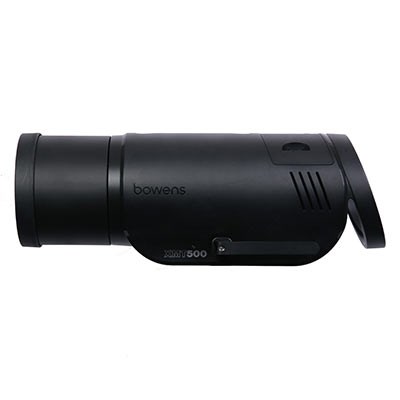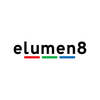CITI600 PRO vs Bowens XMT500
For most photographers, location shooting is the main part of their portfolio, so making sure you have a powerful flash that can be run on battery power is very important. In this Blog, we look at the specifications of two battery powered flashes, the PiXAPRO CITI600 PRO and the Bowens XMT500, to see which of these comes out on top.
To start with, there are a few similarities between these two lights. They both offer a guide number of 87m (@ISO100), meaning that they are bright enough to give ample light coverage on any shoot. They both also have the capability to shoot in TTL mode, helping to get the settings for any shoot much easier and quicker. High-Speed sync is another feature that both of these lights share, due to the fact they both allow for high-speed sync up to 1/8000s. The exposure compensation for each of the flash is exactly the same also, measuring at ±3 Stops in increments of 1/3 stops. Being able to control these lights from a distance is a must due to different requirements each shoot may have, so both of these lights have a work on 2.4GHz transmission frequency at up to 80m away, allow you as much freedom as required to perfect your shoot. Both of these lights also come with S-Type mount as standard, which is the most common fitting, allowing for each of them to be used with common and easily accessible modifiers.

So, whilst these lights do have a fair amount in common, there are still a few noticeable differences between them. For instance, the CITI600 PRO has a maximum power output of 600Ws, making it the more powerful of the two lights as the XMT500 only comes with 500Ws maximum output. The CITI600 PRO is the more accurate of the two lights also, as even though they both come with a Colour Temperature of 5600K, the CITI600 only differs ±75K compare to the ±300K that is available from the XMT500, meaning that the colour representation of the CITI600 PRO is more accurate and vibrant.
Even with the extra power being offered by the CITI600 PRO the recycle times are much quicker, as the XMT500 offers 0.01-2.5seconds, the CITI600 PRO recycle times only last between 0.01-0.9 seconds, meaning that although they both have the same fastest time, the XMT500 is slower on average. Another very slight difference between these two lights is that whilst they both offer a power range between 1/1 and 1/256, the XMT500 only has stop increments of 1/9 whereas the CITI600 PRO allows for stop increments of 1/10.
This means that whilst they can still reach the same lowest power settings, the CITI600 PRO allows for more freedom and accuracy between these measurements. The quality of the light also differs, as the XMT500 comes with a 10W Modelling LED and the CITI600 PRO comes with a 38W, making it almost 4x as powerful.
Another benefit to the CITI600 PRO is that it is more user friendly. The Display screen and the control panel on the CITI600 PRO is much clearer and more precisely laid out compare to that on the XMT500, making it more user friendly and easier to understand.



Bowens XMT500 Flash Head
The XMT500 does have some redeeming qualities though, such as the flash duration. At their quickest, the CITI600 PRO has a flash duration of 1/10,000s and the XMT500 has 1/10,309s, making it faster by only the slightest of margins. Battery power of both these lights is also a plus for the XMT500, as it allows for approximately 500 full-powered shots per charge.
Compare this to the 370 offered by the CITI600 PRO, this means that you will receive more usage out of the XMT500 per charge. This specification is simply due to the power difference between these two lights, as if you were to drop the CITI600 PRO down to 500Ws, you should receive very similar number of shots per charge.
One big benefit to the CITI600 PRO would be the fact that it is part of the PiXAPRO ONE System. This system allows you to use all of the PiXAPRO flashes (apart from the RIKO400) in conjunction with each other, and allow them all to be controlled and triggered by the same PiXAPRO 2.4GHz trigger. Another benefit for this would be that the CITI600 PRO comes with a 2 Year UK warranty. So, if during this time there was ever a fault or issue with the light itself, you could get in contact with PiXAPRO/EssentialPhoto and the company would be happy to look into this and find the best resolution for you.
In summary, both of these lights offer a powerful light output and plenty of use from their batteries. But by looking at the specifications between each of them, and add in the ONE System compatibility and the 2 Year UK warranty, it seems to be that the CITI600 PRO comes out on top in this.



































































































































































































































































